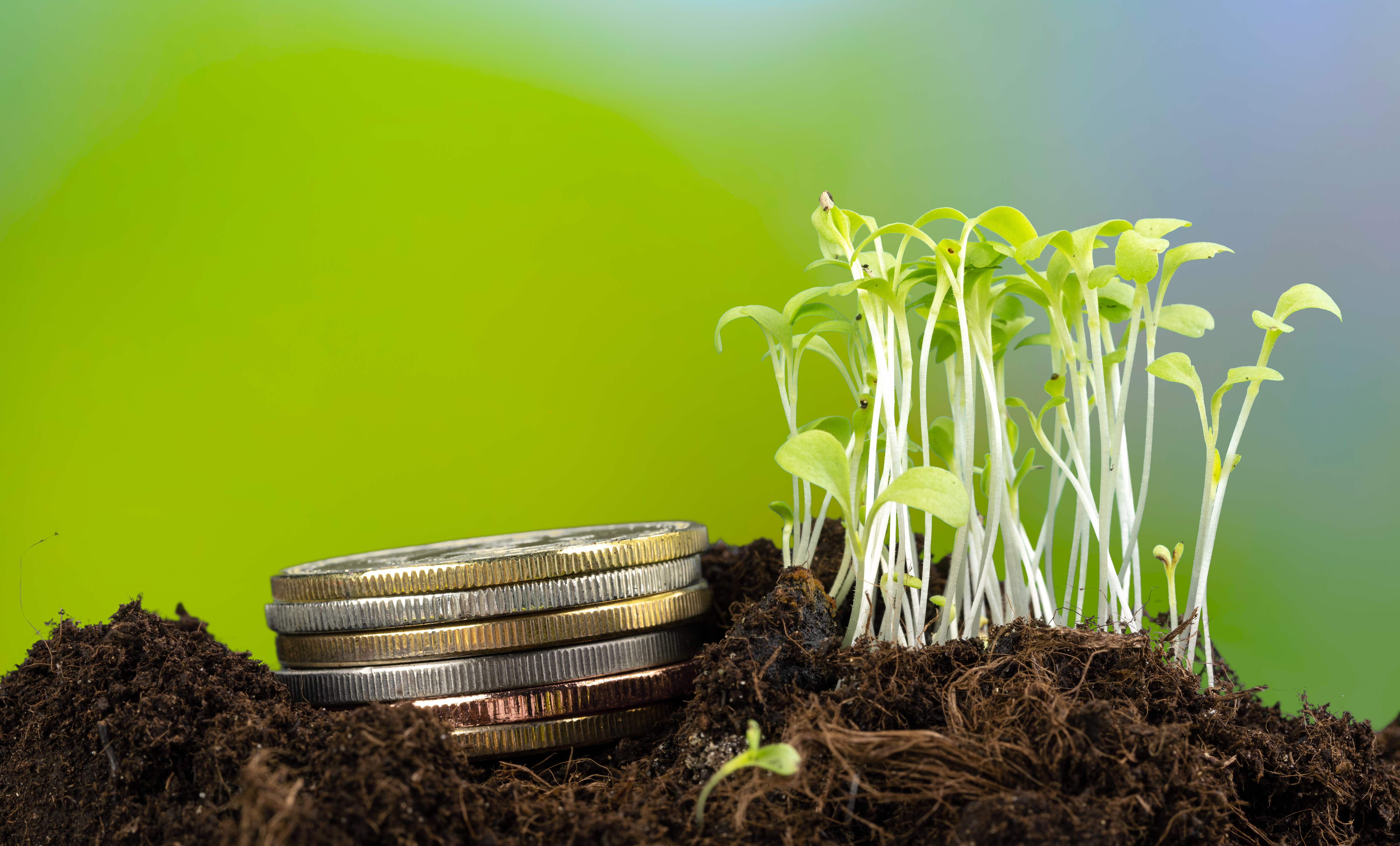Private Investments in Climate Adaptation: How to Make It Happen
11 November 2024

Blog post by Sara Shoff, Program Manager, GARI
The Global Adaptation and Resilience Investment Working Group (GARI) had our most successful Climate Week to date, with two events and well over 200 attendees. Climate adaptation and resilience has gained significant attention, money, and importance. Now that the problem has our attention, we need to focus more on how to make it happen. GARI holds a unique role in the ecosystem: we act as a connector between private sector investors, government agencies, and non-profit advocates. We are focused on the how of climate adaptation and resilience investment.
One clarification is the difference between a resilient company, portfolio, or asset – and providing resilience services or products. As our founder Jay Koh likes to say, you don’t wake up in the morning and drink a cup of resilience or drive to work in an adaptation – but you do want the company that provided your coffee beans to be resilient. During Climate Week we focused on the private sector opportunity for investing in companies in the business of adaptation and resilience. Companies who offer a technology, product, or service that enables others to prevent, prepare, respond to, and recover from climate shocks or stressors. Importantly, these companies may or may not be climate resilient themselves.
Spotlight on Emerging Markets
At our GARI convening during Climate Week we focused on companies in the business of adaptation and resilience in emerging markets. Climate change may pose an even greater risk to emerging markets, which are often in the path of severe climate impacts and typically have limited budgets for protective measures. Climate hazards are already affecting these regions - driving demand for solutions. We gathered experts, investors, and practitioners to discuss meeting this demand. Our conversation on opportunities to invest in adaptation and resilience in emerging markets focused on three topics: building a resilience portfolio in the public markets, prioritizing local solutions in private markets, and exploring the role of blended and innovative finance. Below is a summary of what we learned in this discussion, and we look forward to expanding on each topic throughout the year as we explore emerging market opportunities through our role in the Climate Adaptation Innovation and Learning (CAIL) program.
Developing a Resilience-Focused Investment Portfolio in Public Markets
Earlier this year, GARI produced a paper titled The Unavoidable Opportunity: Investing in the Growing Market for Climate Resilience Solutions. This paper describes the development and implementation of the Climate Resilience Investments in Solutions Principles (CRISP) framework – a structured approach to determine whether a company has growth potential as an adaptation and resilience (“A&R”) company. This paper served as a launching point for discussing opportunities in publicly listed companies. Some asset managers and investors focus on specific regional climate risks – such as heat and sea level rise – and look for companies currently addressing these regional needs. Others take a broader approach, looking for innovation and products expected to increase in demand over time.
The MSCI Sustainability Institute applied the CRISP framework to their ACWI IMI Index, identifying 231 companies in emerging markets that could be considered an A&R company. Applying the CRISP framework offers a method to identify A&R opportunities in an existing portfolio or pipeline – both in publicly listed equities and in the private market.
Resilience Opportunities at the Local Level
There are innovative A&R companies in every corner of the world. To scale climate resilience solutions, private capital is well suited to identify these companies and solutions and help them scale.
One opportunity identified is through microfinance institutions. They have extensive historical data on borrower needs. This data can serve as a market for adaptation and resilience products or identify local solutions to climate adaptation needs by helping small businesses grow and innovate.
Another approach is to look beyond the language of adaptation and resilience, focusing instead on companies that currently provide products and services that meet market needs and help communities build resilience. This could include cold storage, weather data and communications systems, transparency in supply chains, mobility, and privately owned and operated infrastructure.
One recent fundraise highlights this opportunity: Barcelona-based start-up Submer recently raised $55.5 million to scale its data center cooling business. Submer submerges entire racks of servers in a proprietary, non-conducting coolant, capturing the heat generated from the cooling process to be used for other purposes. This privately owned infrastructure is a rapidly growing global need.
Blended Financing Approaches
One cross-cutting discussion theme is the importance of innovative finance. GARI and our investor network point out that climate adaptation financing is not only a government responsibility. The private sector has an important role to play as well. The Unavoidable Opportunity provides strong evidence that both public and privately held companies offer products and services addressing climate adaptation and resilience needs. Many of our panelists highlighted that opportunities exist across sectors, anywhere that generates revenue, allowing private sector investors to engage in emerging markets. But that doesn’t mean engaging private sector investors is simple. We need to leverage the limited public funds available to de-risk and catalyze private sector investment. Approaches to achieve this may include pull finance, blended finance, investment guarantees from development finance institutions, siting and pilot project grants, and public-private partnerships. Innovative financing can help direct investment to support communities most impacted by climate change.
During Climate Week, GARI deepened its focus on emerging markets to place greater emphasis on the opportunities and risks associated with investing in climate adaptation and resilience. We’re excited to continue this journey of growing our impact and hope you’ll join us.
For more information about the Global Adaptation and Resilience Investment Working Group (GARI), please visit: Climate Change Investing | Climate Resilience Investments - GARI Group